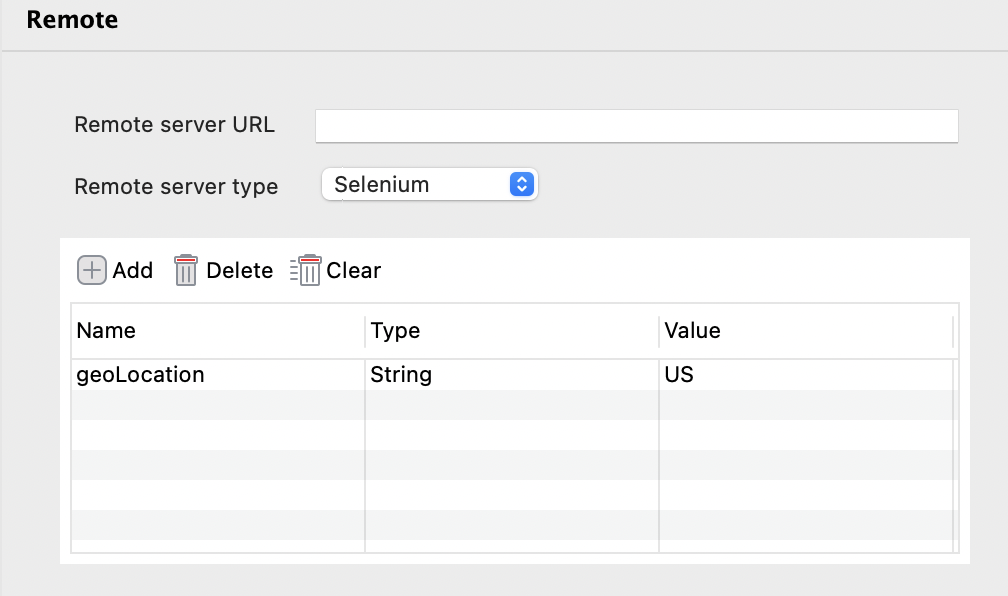Set geographic location
TestCloud supports setting geographic location for mobile and web testing.
In some test scenarios, you may want to dynamically set geographic location (or geolocation) to:
Ensure the website and mobile app display correctly when accessed from different geolocations.
Verify that localization features such as language translation, currency change, and time zone changes reflect accurately according to different locations.
Confirm that blocked or restricted content like images, content, or videos are blocked as intended from different locations.
There are two ways to set geolocation while executing tests with TestCloud:
